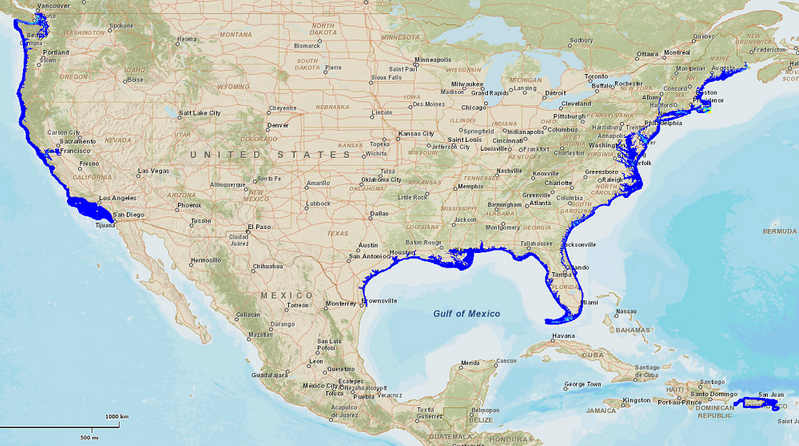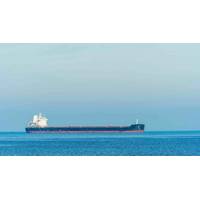US Awards $20 Mln for Wave and Tidal Energy Projects
The U.S. Energy Department announced 10 organizations have been selected to receive more than $20 million in funding for new research, development and demonstration projects that advance and monitor marine and hydrokinetic (MHK) energy systems, which generate electricity from ocean waves and tidal currents.
- Dresser-Rand of Wellsville, New York, will integrate a one-megawatt air-turbine power system into the OceanEnergy oscillating water column wave energy device, doubling the power output of the previous design. The performance of the device will be demonstrated and validated during a year-long deployment proposed to occur off the coast of Oregon.
- Ocean Renewable Power Company of Portland, Maine, will enhance the performance of its tidal turbine system by integrating several advanced component technologies. The device's novel floating design will move the turbine near the surface to capture higher flow velocities and will help reduce the cost of installation and on-water operations, ultimately lowering the cost of energy. This project will demonstrate and monitor turbine performance during its deployment in the Western Passage off the coast of Maine.
- Oscilla Power of Seattle, Washington, will integrate cost-reducing technology advancements into its Triton wave energy converter. Oscilla's unique device design features tethered connections between a surface float and an underwater heave plate. This allows for energy extraction in multiple degrees of freedom, which will aim to reduce the cost of wave energy. The device will be tested at the U.S. Navy's Wave Energy Test Site in Hawaii.
- BioSonics Inc. of Seattle, Washington, will develop an active acoustic monitoring system to automatically detect and locate wildlife at ranges between 200 and 300 meters. The monitoring system will track wildlife near MHK devices in three dimensions.
- Florida Atlantic University of Boca Raton, Florida, will improve the capabilities of existing light imaging, ranging, and detection tools. While reducing production costs, this project could provide a powerful new tool to observe marine animal interactions with MHK devices, particularly in murky or low light conditions.
- Integral Consulting, Inc., of Santa Cruz, California, will leverage an existing buoy platform to develop a cost-effective compact array of sensors that will reduce the time and cost of taking extended measurements of noise produced by devices.
- Integral Consulting, Inc., of Santa Cruz, California, will also develop and test a standardized mapping toolset and protocol for assessing seafloor habitat conditions. New hardware and software tools will be developed to create maps of these habitats while defining baseline seafloor conditions to inform pre-construction studies.
- University of Washington of Seattle, Washington, will optimize a drifting underwater microphone system to capture sounds. By simplifying deployment and minimizing noise pollution, this work will reduce the time and cost to measure noise produced by MHK devices over large spatial scales.
- University of Washington of Seattle, Washington, will further develop an integrated set of instruments for monitoring marine animal interactions with MHK devices. The hardware and software will be made more flexible to allow usability among various types of MHK devices.
- Woods Hole Oceanographic Institution of Woods Hole, Massachusetts, will adapt existing electromagnetic field sensors for use around MHK devices. This technology will help improve stability in waters near operating devices, and provide needed data to understand any potential risk that electromagnetic fields near MHK devices may pose to the environment.









